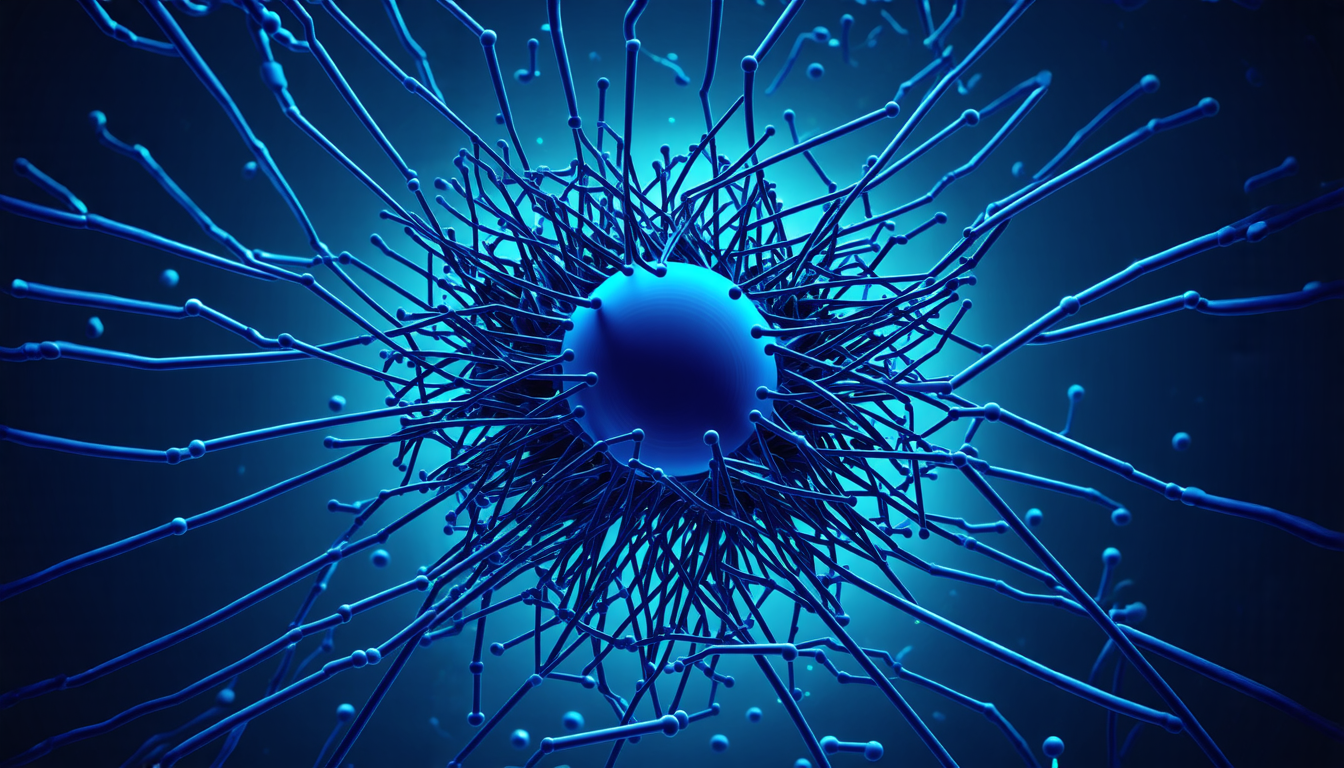Sunday 04 May 2025
In a breakthrough that sheds new light on the inner workings of our cells, scientists have developed a mathematical model that accurately simulates the dynamic behavior of microtubules, crucial components of the cytoskeleton.
Microtubules are long, thin filaments composed of tubulin proteins that provide structural support and play a key role in cell division, transport of organelles, and even neuronal function. However, understanding their behavior has been a challenge due to their complex dynamics, involving constant growth, shrinkage, and catastrophe (the sudden depolymerization of the filament).
The researchers used a combination of mathematical modeling and computational simulations to develop a framework that captures the intricate interactions between microtubules and their surrounding environment. By incorporating key factors such as tubulin availability, molecular motor activity, and length-dependent catastrophe mechanisms, they were able to recreate realistic scenarios of microtubule dynamics.
One of the most significant findings is the ability to predict how microtubule lengths are regulated in response to changes in the cellular environment. The model shows that microtubules can adapt to varying levels of tubulin availability and motor activity by adjusting their length, a crucial mechanism for maintaining cell structure and function.
The study also highlights the importance of considering multiple mechanisms in understanding microtubule behavior. For example, while growth rates are influenced by molecular motors, catastrophe is primarily driven by the filament’s own properties. This nuanced understanding has significant implications for our comprehension of cellular processes, such as mitosis and neuronal development.
Furthermore, the model provides a platform for exploring the role of microtubules in disease states. By simulating altered conditions, researchers can gain insights into how microtubule dynamics contribute to neurodegenerative disorders, cancer, and other diseases characterized by aberrant cytoskeletal behavior.
The potential applications of this research are vast. For instance, developing therapies that target specific aspects of microtubule regulation could offer new avenues for treating various diseases. Additionally, the model can be used to design experiments that investigate the intricate relationships between microtubules and other cellular components, leading to a deeper understanding of cell biology.
As scientists continue to refine their understanding of microtubule dynamics, this study represents a significant step forward in the quest to elucidate the intricacies of cellular behavior. By bridging the gap between mathematical modeling and experimental research, researchers can unlock new secrets about the machinery that underlies life itself.
Cite this article: “Modeling Microtubule Dynamics: A Breakthrough in Understanding Cell Biology”, The Science Archive, 2025.
Microtubules, Cytoskeleton, Mathematical Modeling, Computational Simulations, Tubulin Proteins, Molecular Motors, Cell Division, Neuronal Function, Cellular Environment, Disease States







